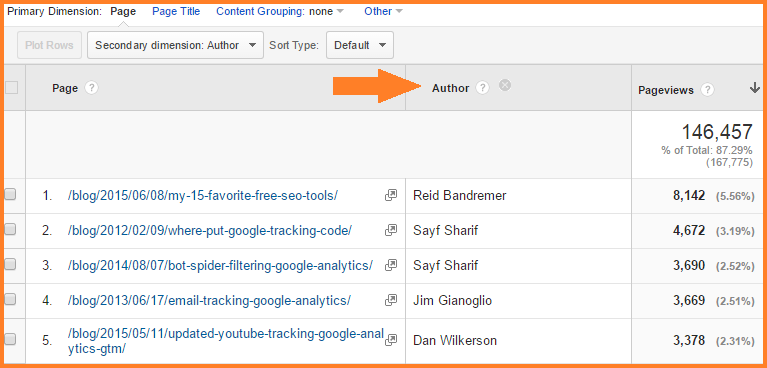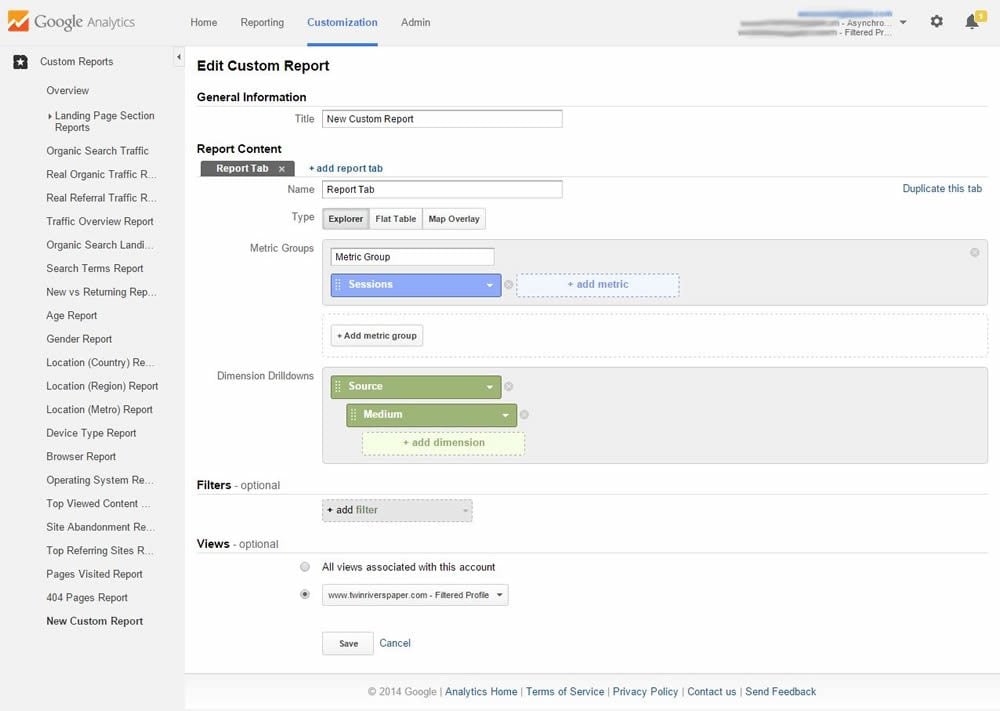Unlock Deeper Insights With Second Dimension in Google Analytics
With the huge expanse of information available in Google Analytics, the use of secondary dimensions can dramatically enrich your logical abilities. By strategically integrating second measurements into your analysis, you can discover valuable understandings that might otherwise continue to be undiscovered - Secondary Dimension in Google Analytics.
Comprehending Key Vs. Secondary Dimensions
When assessing data in Google Analytics, it is crucial to compare primary and second dimensions to acquire much deeper understandings right into customer habits. Key dimensions are the main groups by which you can view your data, such as source/medium, gadget, or landing web page. These dimensions offer the essential structure for organizing and recognizing your data. On the other hand, secondary dimensions allow you to further study your key measurement information. By including an additional dimension, you can layer on additional info to your main measurement, allowing a much more granular analysis. If your primary measurement is the source/medium via which users showed up on your site, including an additional dimension like geographical location can expose where those users are situated geographically. This included layer of information can assist you determine fads, patterns, or abnormalities that might not have appeared when taking a look at the primary measurement alone. Leveraging both additional and primary dimensions in Google Analytics is essential for comprehensive data evaluation and notified decision-making.
Utilizing Secondary Dimensions Efficiently
Properly using secondary dimensions in Google Analytics boosts the depth and granularity of data analysis, giving valuable insights into user behavior and trends. By integrating secondary measurements alongside primary measurements, marketing professionals and experts can dive much deeper right into the specifics of customer communications on their websites. Second measurements permit customers to sector and filter key measurement information even more, providing a much more in-depth sight of individual behaviors, demographics, and interactions. This can be especially beneficial when attempting to comprehend the effect of certain variables on customer engagement, such as the web browsers or gadgets they are using, the resources of their web traffic, or their geographic places.
Furthermore, second measurements allow users to compare and contrast various data factors within a single report, helping with an extra thorough analysis of individual behavior patterns. By leveraging second dimensions successfully, companies can reveal hidden insights, maximize their advertising techniques, and boost the total user experience on their sites.
Discovering Typical Second Dimension Mixes
To further analyze individual actions and patterns in Google Analytics, it is useful to explore typical mixes of second dimensions. Some typical secondary measurement mixes that provide valuable insights consist of examining website traffic sources with individual areas to comprehend where site visitors are coming from geographically and just how they located the site. Checking index out user habits metrics with secondary measurements such as demographics or passions can assist in targeting specific target market sectors more efficiently.
Using Second Measurement in Custom Information
Making use of second measurements in custom-made records permits a more detailed evaluation of information in Google Analytics, boosting the depth of understandings obtained. When creating custom-made records in Google Analytics, integrating second dimensions can supply a more in-depth sight of exactly how various dimensions connect with each other. This feature enables individuals to dig deeper into their information and uncover important correlations that might not be quickly evident.
By applying second dimensions in customized reports, users can acquire a far better understanding of their web site or application web traffic. As an example, combining the main dimension of "source/medium" with the second measurement of "landing page" can expose which landing pages are doing best for web traffic originating from details sources. This insight can assist online marketers optimize their campaigns and improve total conversion rates.

Enhancing Information Visualization With Second Dimension
When checking out information in Google Analytics custom-made records, including secondary measurements not only supplies a more in-depth analysis but additionally boosts the aesthetic depiction of insights via information visualization. By including an additional dimension to your records, you can enrich the means information exists, making it less complicated to determine patterns, fads, and relationships within your website's performance metrics.
Second measurements can help you section your go now data additionally, enabling a much deeper understanding of customer actions and communications on your site. When attempting to isolate specific variables that may influence your web site's efficiency., this enhanced degree of granularity can be especially helpful.

Final Thought
Finally, leveraging second dimensions in Google Analytics permits for a much more extensive try this web-site analysis of data, bring about deeper insights and even more enlightened decision-making. Secondary Dimension in Google Analytics. By including extra layers of details to main data sets, experts and marketers can discover surprise trends, patterns, and correlations that offer a granular view of individual habits and interactions. This enhanced degree of insight allows optimization of campaigns and tailored strategies for details target market segments, eventually enhancing efficiency and conversion prices
On the various other hand, additional measurements permit you to more study your primary dimension information. By including an additional measurement, you can layer on additional info to your primary measurement, enabling a much more granular evaluation. If your primary measurement is the source/medium via which users got here on your site, adding an additional dimension like geographical area can disclose where those customers are situated geographically. By including secondary dimensions along with key measurements, analysts and marketers can delve deeper right into the specifics of customer communications on their websites. Additional dimensions allow users to segment and filter main dimension information better, providing a more detailed sight of user interactions, demographics, and actions.